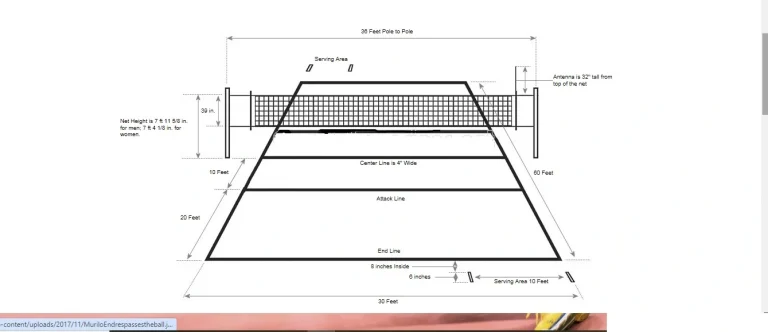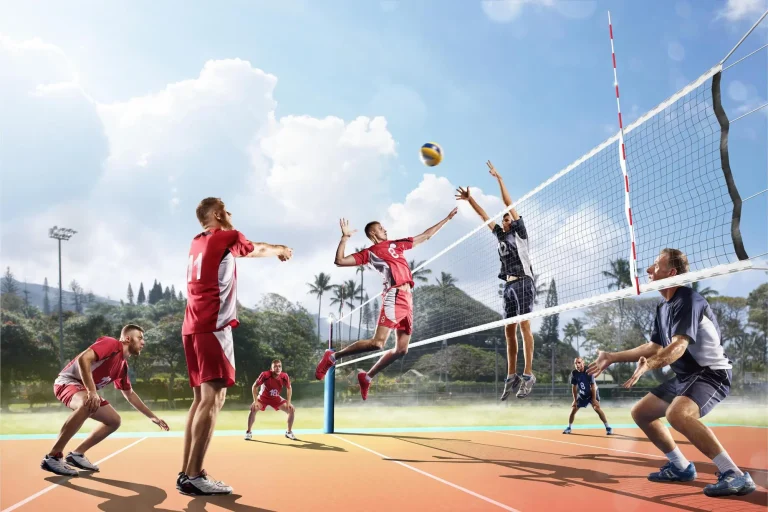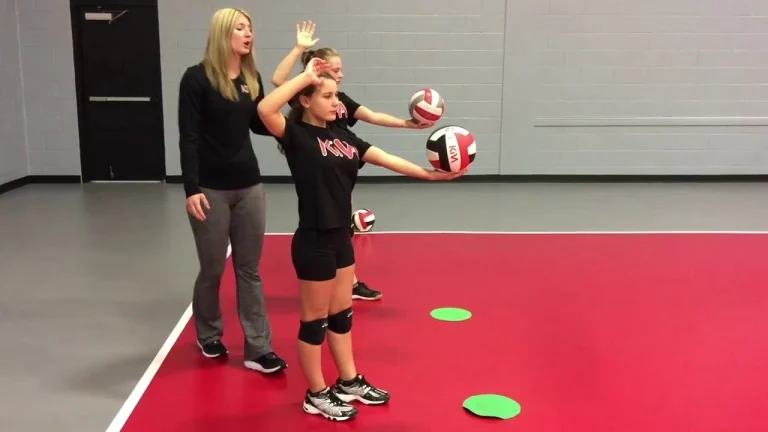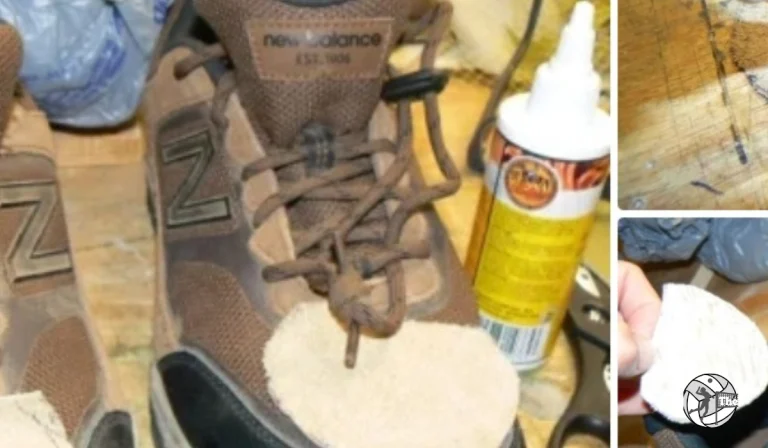How to Avoid Shin Splints in Volleyball: Simple Steps to Keep You in the Game
Shin splints are a common issue among volleyball players, especially those who engage in frequent jumping, sprinting, and sudden movements on hard surfaces. If you’ve ever experienced sharp pain along the front of your lower legs, you know how frustrating and limiting shin splints can be. They can stop you from playing at your best or even force you to sit out games.
How to Avoid Shin Splints
But don’t worry—there are effective ways to prevent shin splints and keep your legs healthy. By following a few simple steps, you can reduce the risk and focus on improving your game.

1. Warm Up Properly
Start with dynamic stretches like leg swings and ankle rotations to prepare your muscles for the game. This helps prevent sudden stress on your shins.
2. Strengthen Your Lower Legs
Incorporate exercises like calf raises, toe taps, and resistance band workouts to strengthen the muscles around your shins and improve stability.
3. Wear Proper Shoes
Choose volleyball shoes with good cushioning and arch support to absorb impact and reduce strain on your lower legs.
4. Stretch After Playing
After each game or practice, do static stretches focused on your calves, Achilles tendons, and shins to improve flexibility and prevent tightness.
5. Progress Gradually
If you’re increasing the intensity of your volleyball practice, do it slowly. Avoid sudden spikes in activity that can overload your shins.
6. Cross-Train
Add low-impact activities like swimming or cycling to your routine to build overall leg strength without overloading your shins.
7. Check Your Playing Surface
If possible, play on well-cushioned surfaces like indoor courts rather than hard concrete, as this reduces the stress on your shins.
8. wearing a proper shoes
Wearing proper volleyball shoes with good cushioning and arch support can help reduce the impact on your legs and may help prevent shin splints.
By following these tips, you can help prevent shin splints and stay on top of your game!
In summary, to avoid shin splints during volleyball, make sure to warm up properly, strengthen your lower legs, wear supportive shoes, and stretch after playing. Gradually increase your activity level, cross-train with low-impact exercises, and try to play on cushioned surfaces when possible. These simple steps will help keep your legs healthy and keep you performing at your best.






